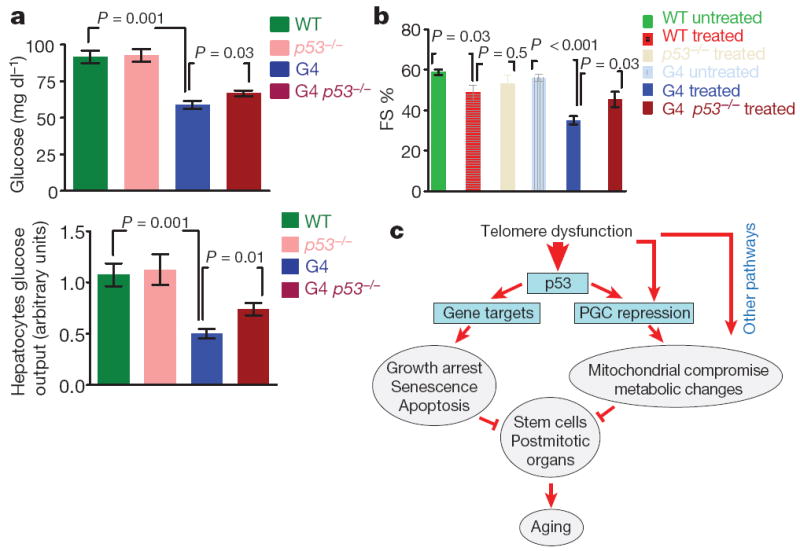Figure 5. p53 deficiency rescues gluconeogenesis and doxorubicin-induced cardiomyopathy.

a, Glucose levels in mice (top) and in mediumof hepatocytes (bottom, n = 5–8). b, Doxorubicin-induced cardiomyopathy (decreased fractional shortening, FS) in G4 mice can be partially rescued by p53 deficiency (n = 3–5, t-test, error bars represent s.e.m.). c, Proposed model: telomere-dysfunction-induced p53 represses PGCs and induces metabolic and mitochondrial compromise. Other pathways engaged by telomere dysfunction are also involved in mediating PGC repression and mitochondrial dysfunction. Together with classical cellular outcomes of p53 activation (senescence, apoptosis and growth arrest), metabolic and mitochondrial compromise might contribute to functional organ decline in the aged.
